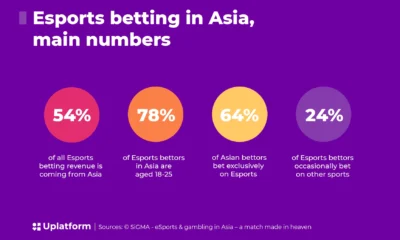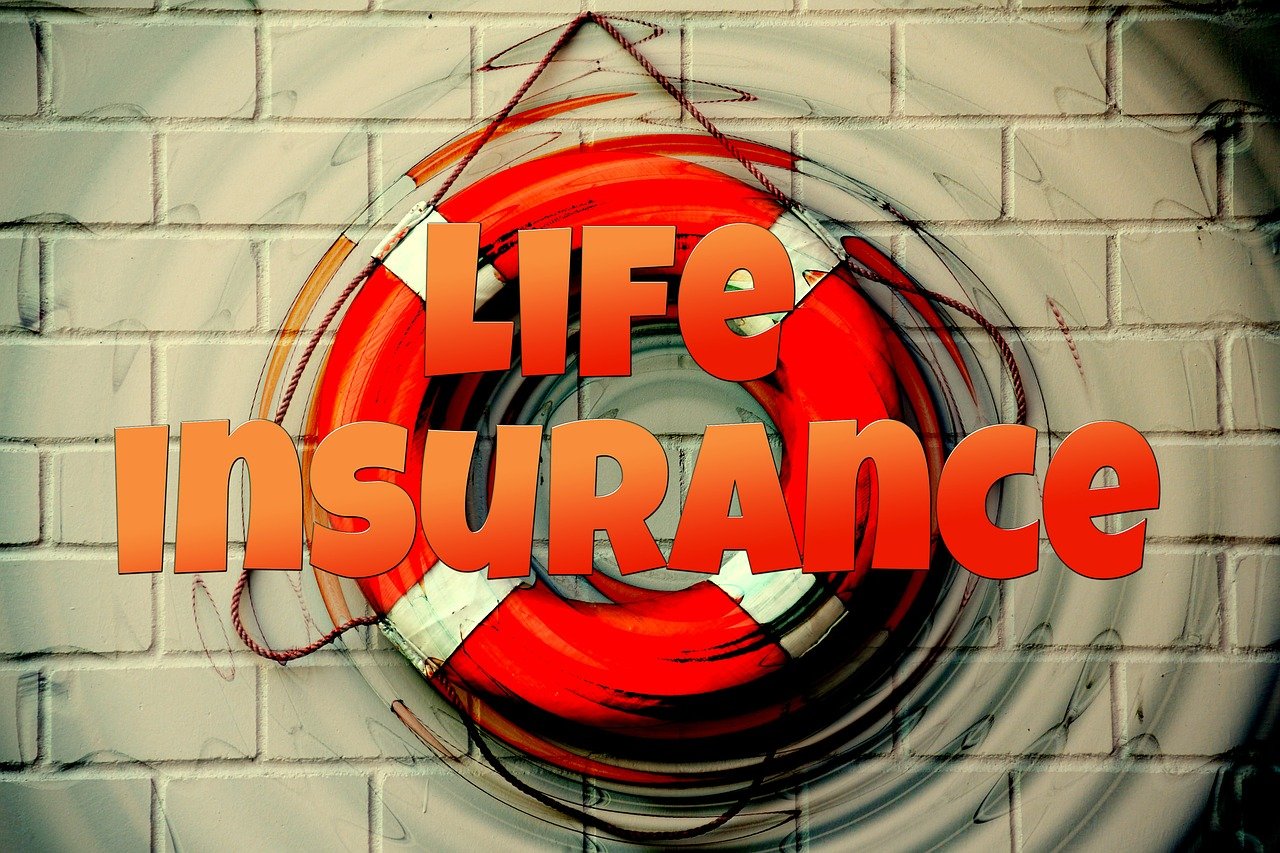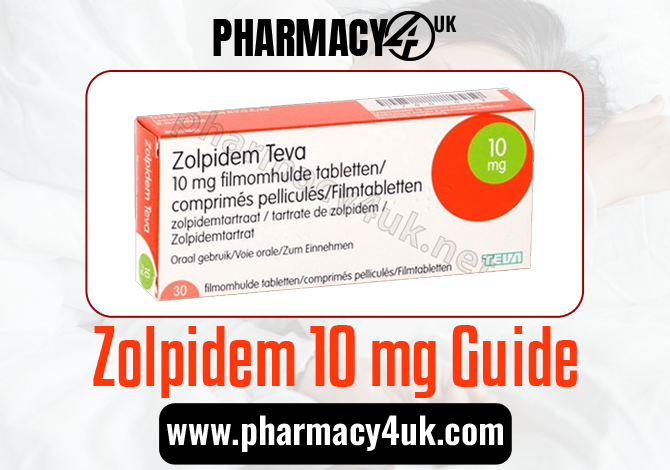Life insurance is a safety net that protects your loved ones financially in case of your untimely demise. However, you should know if you qualify for life insurance before applying. The life insurance market was nearly worth $1.5 trillion in 2023. GlobalData expects the industry to grow 4% by 2028.
Similarly, the Insurance Information Institute reveals that life insurance coverage generated over $121 billion in revenue in 2023. Annuities and accident and health policies brought more revenue than it. The former generated over $360 billion, while the latter made nearly $203 billion.
However, before you can secure this protection, you must understand the factors determining your eligibility for life insurance coverage. Life insurance eligibility isn’t just age or health. Insurers also weigh lifestyle choices, financial habits, and policy details. Even if you have health issues or a risky job, options exist.
This blog post breaks down the key factors that determine your eligibility—and how to navigate them.
Understanding Life Insurance Eligibility
Eligibility means meeting the criteria set by insurers. You must be within a specific age range and show good health. Insurers check your medical history and lifestyle habits. They look at details like chronic conditions and risky behaviors. This review helps them set rates and determine your coverage options.
Likewise, you should learn more about the qualifications for purchasing life insurance to make an informed decision. The following key factors can affect your eligibility:
1. Age and Gender
As you age, your life expectancy decreases. This directly impacts your life insurance premiums. Younger individuals generally qualify for lower premiums compared to older adults. On the other hand, women will pay less than men, as they live longer.
According to a Bloomberg American Health Initiative report, the difference between life expectancies of men and women is 5.39 years. American men live for around 75.9 years, while American women live an average of 81.3 years. Compared to their English and Welsh counterparts, American men have shorter lifespans by 3.39 years. Similarly, American women have shorter lifespans by an average of 1.9 years.
2. Health
Your health and your family’s medical history are critical in determining eligibility and premium rates. 1891 Financial Life reveals life insurance companies often conduct medical exams to extract additional insights into your health. Moreover, you’ll have to fill out detailed health questionnaires.
- Pre-existing ailments: Conditions like diabetes or hypertension won’t necessarily bar you. However, you’ll have to pay extra or have limited coverage options if you face these issues. You’ll also need to share recent lab results or doctor’s notes.
- Lifestyle habits: Factors like smoking, excessive drinking, and dangerous hobbies can also affect your eligibility and premium rates.
3. Occupation
Several jobs are deemed riskier than others. If you work in a hazardous profession, you may need to undergo additional underwriting or pay higher premiums. However, not all insurers treat risks equally. For example, a recreational pilot might pay more than an office worker.
4. Financial Situation
Your financial health can influence your policy, as insurers sometimes review your credit. This review is not as strict as health checks but plays a role in setting premiums. You must have your finances in place for a smoother process. Moreover, you might have to provide additional documentation if you have significant debt or a complex financial situation.
5. Driving History
If you’re a serial offender or have major traffic convictions on your record, you’ll have to pay higher rates. In such cases, it’s best to get high-risk life insurance.
How to Improve Your Eligibility?
You can improve your eligibility requirements before applying for life insurance. To do so:
1. Maintain a Healthy Lifestyle
You can reduce your premiums by:
- Regular exercise: Regular physical activity can improve overall health and reduce your risk of developing chronic diseases.
- Balanced diet: A complete meal plan can enhance your immune system and lower your risk of health problems.
- Avoid harmful habits: Quitting smoking and limiting alcohol consumption can significantly improve your health and lower your insurance premiums.
2. Be Honest on Your Application
Providing accurate information on your life insurance application is crucial. Misrepresenting your health or lifestyle habits can lead to policy denial or future claims issues.
3. Consider No-Medical Exam Policies
If you don’t qualify for a traditional life insurance policy or prefer to avoid medical exams, consider a no-medical exam policy. These policies typically have higher premiums but offer a simpler application process.
For example, consider a $500,000, 20-year-term policy. NerdWallet reveals a medically underwritten policy costs $282 per year for 40-year-old healthy nonsmoker women and $334 per year for 40-year-old healthy nonsmoker men. In contrast, the no-exam option for a standard risk profile costs $520 per year for women and around $675 per year for men.
Meaning, depending on your risk class, the no‐exam policy can cost about 80–100% more than a medical exam policy. Worse, insurers still check prescription databases. If you’ve taken antidepressants or insulin, they’ll know. Be honest—omitting details can void your policy later.
4. Ask Around for Fairest Rates
Comparing quotes from different life insurance providers can help you find the cheapest deals and policy alternatives. Consider working with an insurance agent for personalized advice.
Commonly Asked Questions
Q1. When do insurers reject life insurance claims?
Insurers might reject an application if details are inconsistent, if significant health conditions aren’t disclosed, or if there’s a history of risky behavior. Inaccurate information, incomplete documentation, or questionable financial records can also lead to denial. Being thorough and honest is crucial.
Q2. Are no-medical exam life insurance policies more expensive?
Yes, policies that skip the medical exam usually carry higher premiums. The increased cost reflects the insurer’s elevated risk without a comprehensive health review. Although these policies offer faster approvals and convenience, you typically pay significantly more than those with full medical underwriting.
Q3. How can I secure better life insurance rates despite pre‑existing conditions?
You can improve your chances by adopting a healthier lifestyle, following your doctor’s advice, and updating your medical records. Working with an experienced insurance agent to compare quotes will help you access individualized policies designed to accommodate your condition while offering competitive rates.
You now have a clear guide to checking your eligibility for life insurance. You learned about the key factors insurers consider and saw how market trends and statistics affect coverage. Following pre-application tips makes the process smoother. Taking time to review your details can help you secure the right policy.
Remember these pointers as you draft your application. This way, you can ensure you meet all the eligibility requirements and get the best life insurance coverage for your needs.

 Blog9 months ago
Blog9 months ago
 Sports10 months ago
Sports10 months ago
 Games10 months ago
Games10 months ago
 Tech8 months ago
Tech8 months ago
 Tech9 months ago
Tech9 months ago
 App10 months ago
App10 months ago
 Entertainment9 months ago
Entertainment9 months ago
 Sports10 months ago
Sports10 months ago



